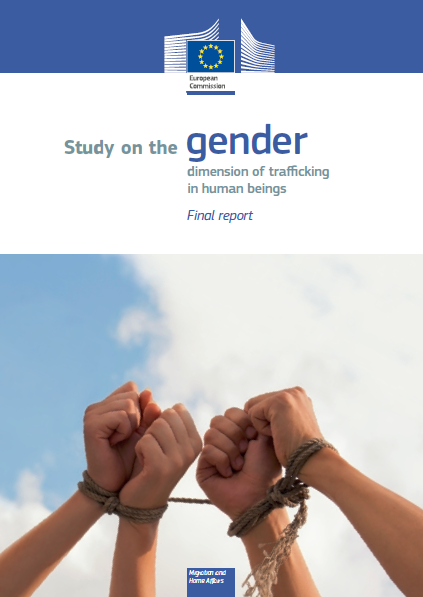Trafficking in human beings is a crime that affects women and men in different ways. In the report “Study on the gender dimension on trafficking in human beings”, the authors use statistics, reviews of relevant literature, in-depth case studies and high-level analysis to describe the gender dimensions of trafficking in human beings and make recommendations concerning law and policy implementation and improvement.
The study aims to look specifically at the gender dimension of trafficking for the purpose of sexual exploitation. This is the most reported form of exploitation of victims and it has a strong gender dimension (96 % of victims are women and girls). The study addresses recommendations of the European Parliament urging the European Commission to evaluate the impact that the European legal framework designed to eliminate trafficking for sexual exploitation has had to date and to undertake further research on patterns of prostitution, on human trafficking for the purpose of sexual exploitation and on the increased level of sex tourism in the EU, with particular reference to minors, and to promote the exchange of best practices among the Member States.

